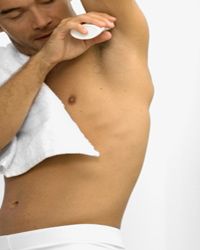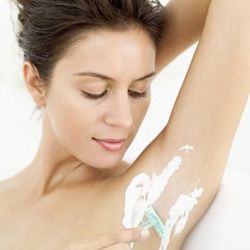When the weather gets warm, the tank tops and swimsuits come out -- as do the razors, tweezers and hot wax. Women go to great lengths to look smoother and sexier during the summer, and that includes shaving those underappreciated underarms.
Of course, skin problems can arise when people shave. The most common underarm skin issues are the bumps and discoloration that usually come from shaving. Doctors call those unsightly, irritating red bumps folliculitis, which is an infection of the hair follicles [source: Mayo Clinic]. Lest you think that folliculitis is little more than a nuisance, keep in mind that the condition can be painful and can actually cause permanent baldness and scarring.
Advertisement
The skin underneath our arms can get irritated even when it's not being constantly scraped by a razor. The reason for this is simple. Human skin is home to trillions of bacteria [source: Pennisi]. Researchers are only beginning to understand the complex relationship between the human body and the army of microscopic creatures that reside on the surface of our skins. One thing's for sure: The damp, warm underarm area is an oasis for bacterial life [source: DeNoon].
We've assembled the top five tips for keeping the skin underneath your arms healthy, smooth and soft -- even after the rigors of shaving. Let's start with a good exfoliation.


